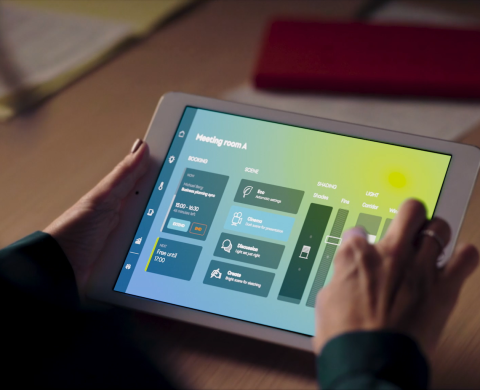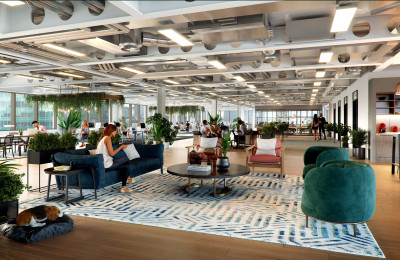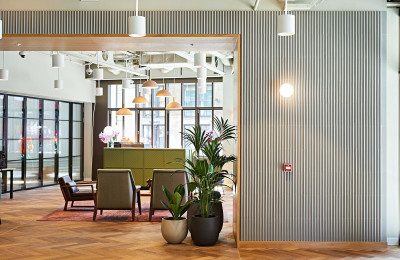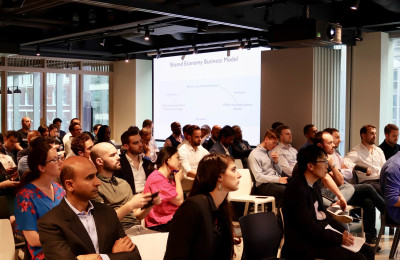How the workspace is shaping business performance and ROI
There’s a universal phenomenon that happens when you present the world with a new way of doing things. This phenomenon is resistance to change. If you look back through history, you’ll find hundreds of examples of great ideas that were initially rejected or took time to be accepted. One such invention is the fork. At the time, many thought it was unnecessary and didn’t want to use it. Yet, after a while, people recognised the fork as an invaluable tool that made their lives better.
For business leaders, it is important to recognise the value of great ideas quickly so that their benefits can be realised as soon as possible. Yet, many businesses are hesitant when it comes to less-conventional approaches. One common example is overlooking the value of data and design in the workspace. We have seen large companies like Google lead the way by investing in such areas, but many others are yet to follow suit despite the clear advantages this can bring.
To continue improving key business KPIs in 2021, business leaders need to overcome this hurdle and recognise the potential of data and design in the workspace. This will not only improve productivity, efficiencies and employee wellbeing, but will encourage a new mindset in the workspace. Achieving this means recognising the potential of data analytics and understanding what applications it can have for future smart office design.
Support your decision-making with data
Designing the workspace of the future can be challenging as it requires a deep understanding of each individual employee’s needs. While this has traditionally been difficult, the technology now exists to make sense of the employee experience in granular detail and recommend changes to improve it. Smart solutions such as Symbiosy and Origameo allow you to do this via a combination of sensor technologies and data analytics.
The first step is to get a more detailed view of your office environment. With the insight they bring, smart sensors allow you to see how employees are interacting with their environment and what might be affecting their experience – and, in turn, their performance. This insight can be used to build a digital twin of the workspace, allowing you to make sense of all this data at a glance.
From there, you can begin making changes to the work environment to better suit individual and collective preferences, and to cater for the fact that each department has different needs. What the accounts team needs will differ from a project team, for example. The former might perform better in a private space where they can focus on a task, while the latter may thrive in a large, open space where they can more easily collaborate and share ideas. With data analytics, you can quantify these needs to intelligently reshape your working environment according to the preferences of different employee groups.
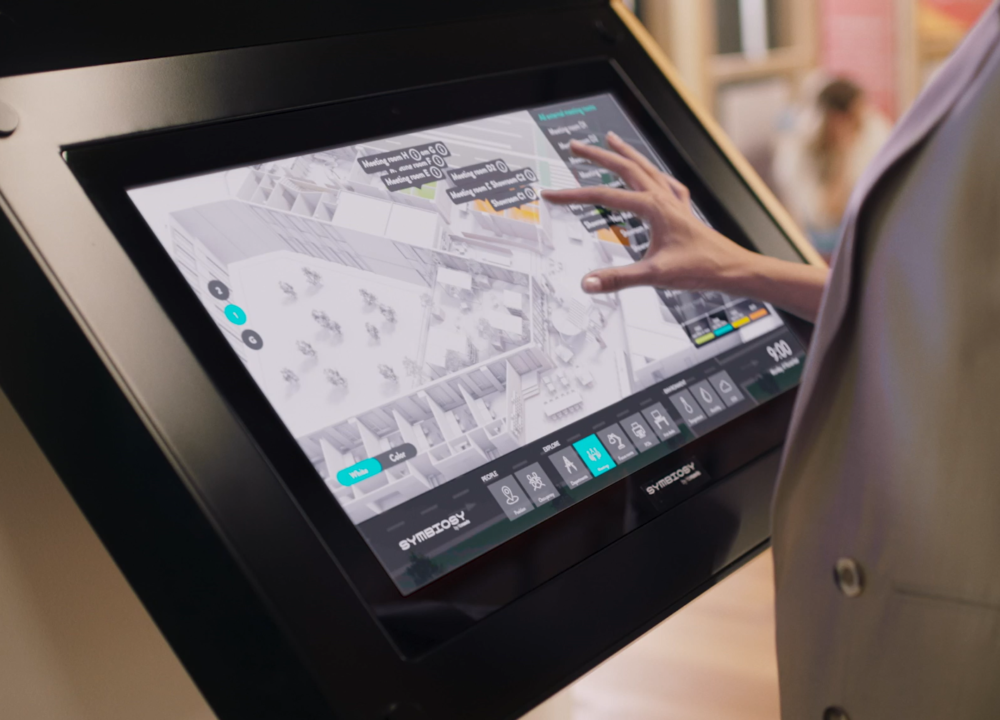
Better yet, data analytics makes it possible to understand how those preferences evolve over time and automatically adjust to them. This creates an agile workspace that is tailored to the productivity-boosting requirements of each individual, allowing you to customise it to suit them specifically.
While data isn’t the only way you can improve business performance, it provides the intelligence to know whether your decisions are having the desired effect. By understanding your office and people in greater depth, you can make adjustments to the working environment that directly impact productivity and efficiency. A good example is smart desk booking which allows companies to save 10% of their floorspace, thereby reducing overall rent. With approaches like this, where data informs decisions, you can get the most out of your smart office investment – and generate a compounding ROI.
Investing in interior design
A clear application for using data in this way is interior design. While often thought of as simply aesthetic, it can have a real impact on how employees perform. A common issue is employees feel the office layout does not match their requirements, thereby making them less productive. Yet a truly smart office puts people at the centre of its design.
Poor office design might mean they have too few dedicated spaces where they can effectively collaborate or take a few minutes away from work to relax. Again, this is an area where data analytics can help. By understanding which rooms are being used, and which aren’t, you can form a comprehensive picture of what kind of spaces employees need and what changes would have the biggest impact.
Using this, you can adjust your office to create the right balance of spaces so that employees always feel accommodated and comfortable. More still, paying attention to the décor and furnishings being used can make a real difference. Future office environments should be comfortable and welcoming, while also suited to end-user’s needs. If done correctly, data analytics will help you create a space that employees genuinely want to be in. And, in turn, allow you to use smart workspace design to drive new efficiencies.
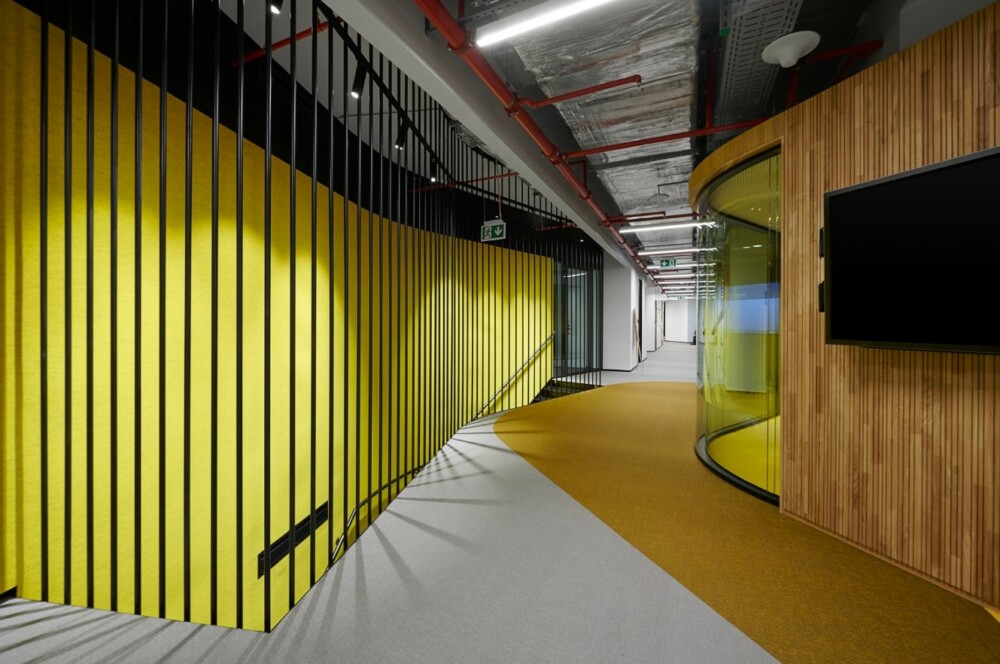
Driving value with data and design
With the right smart office solution, you’ll be able to better inform your decision making when it comes to future improvements. Whether it’s including more natural elements in the office or simply changing the decor, you’ll be able to understand the factors that improve employee performance – and business outcomes – with data. As such, long-term value is driven not only through smart analytics but by specifically aiming to improve the employee experience. Find out how you can improve the productivity of your workspace with Symbiosy and how to simplify the redesign process with Origameo.
